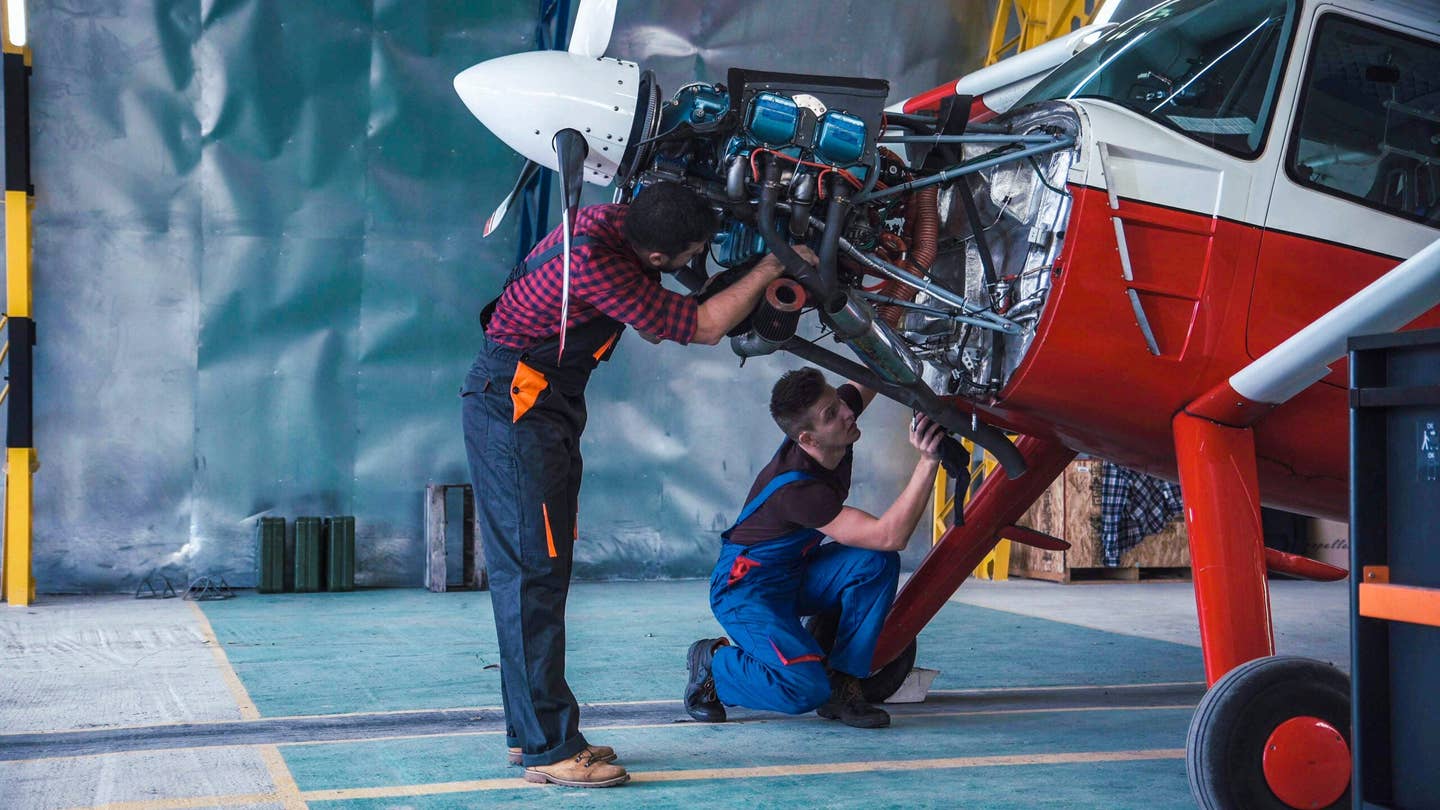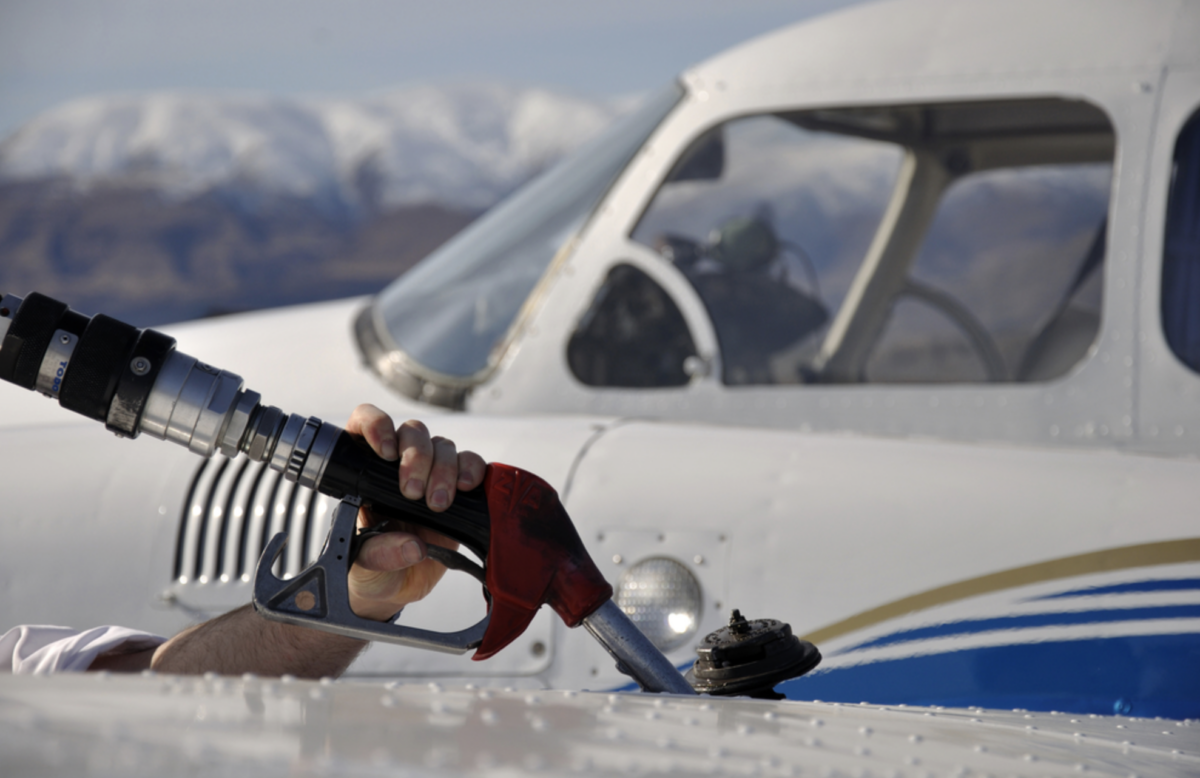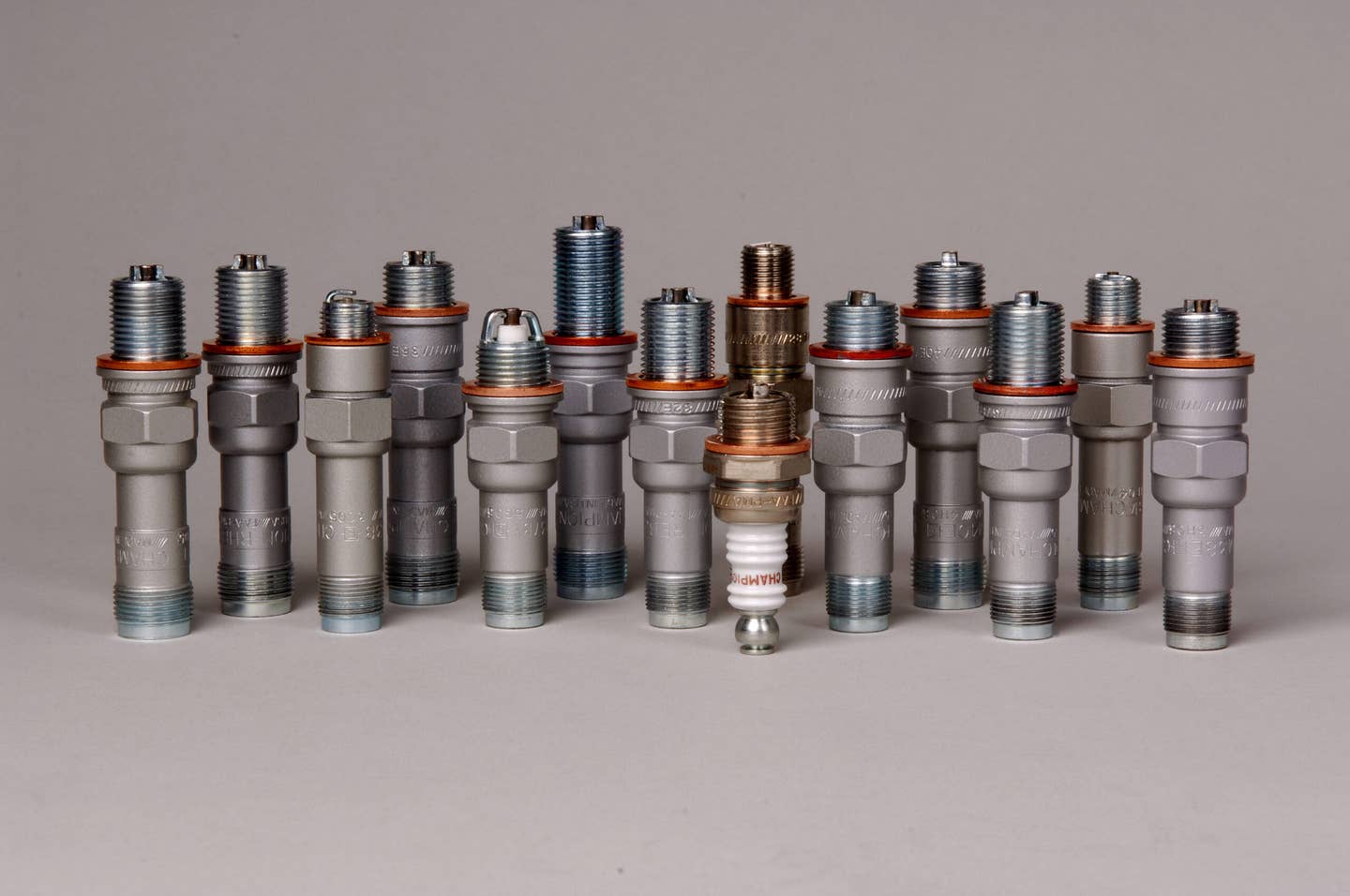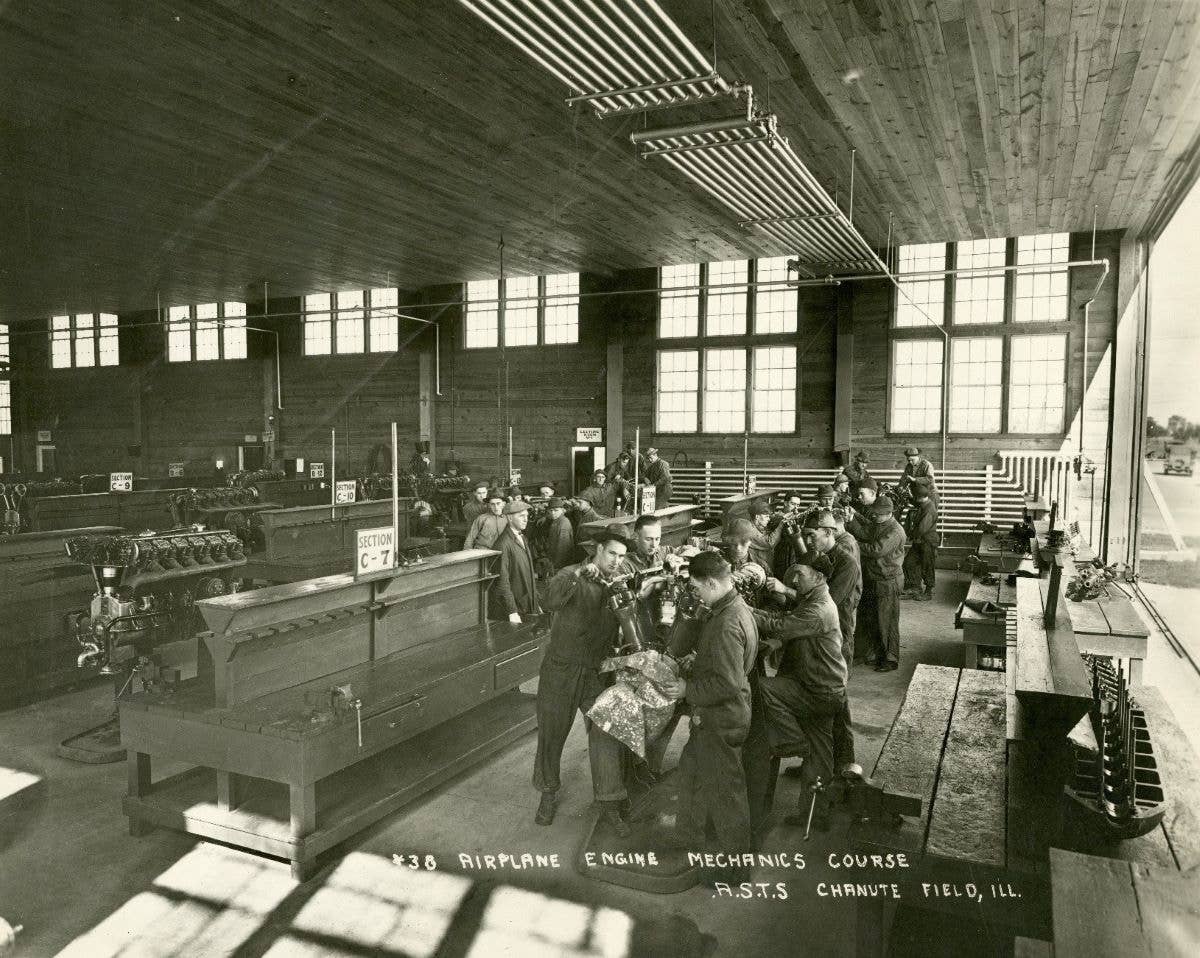5 Things You Can Do to Help Prevent Foreign Object Debris
If you encounter FOD, there is a good chance you will not be flying that day.
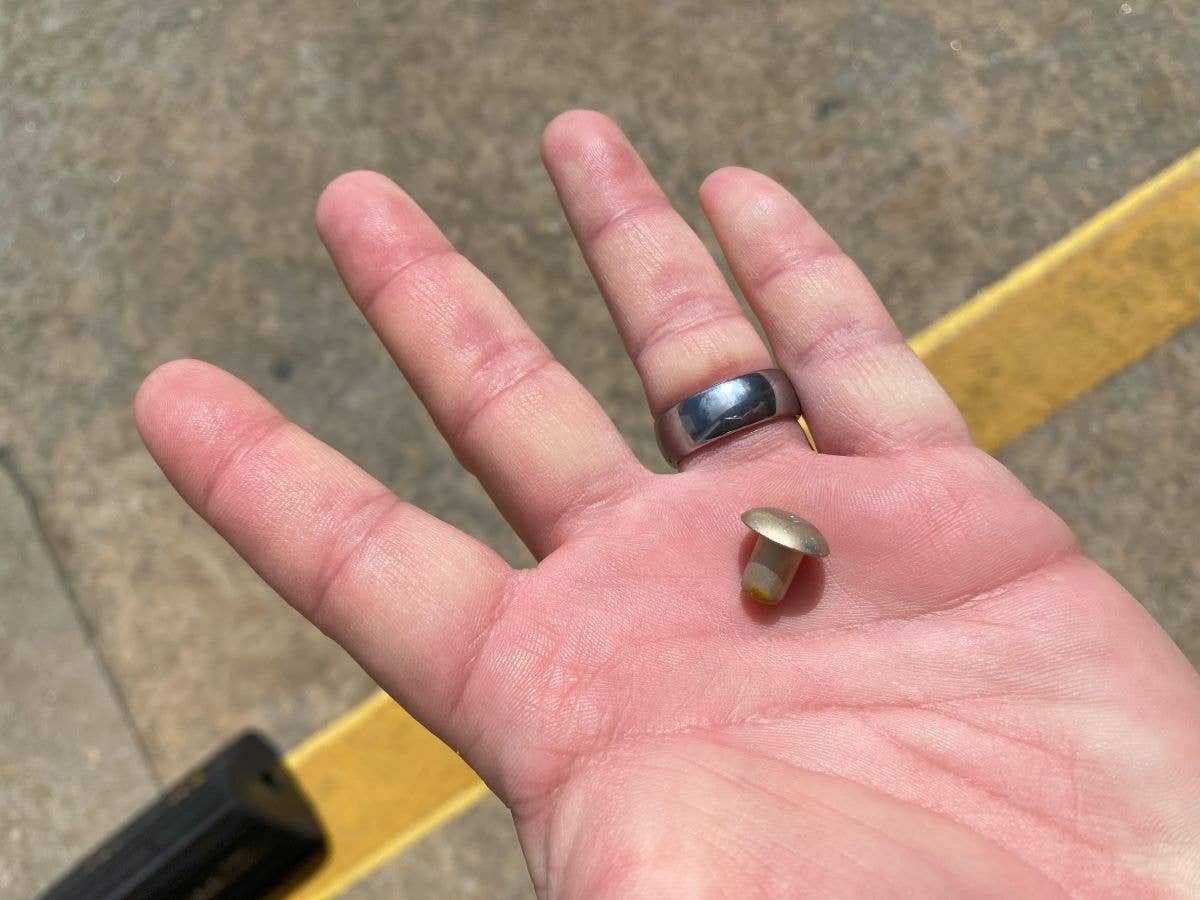
FOD is a universal issue, affecting everything from Piper Cubs to C-5 Galaxies. [Courtesy: Richard Scarbrough]
In the world of aviation maintenance, FOD—or foreign object damage, or foreign object debris—is often a smile ender.
Some refer to FOD as foreign object damage, but the FAA addresses the problem within its Foreign Object Debris Program. According to the FAA, FOD is “defined in Advisory Circular 150/5210-24 as any object, live or not, located in an inappropriate location in the airport environment that can injure airport or air carrier personnel and damage aircraft.” That sounds pretty serious to me.
If you encounter FOD, there is a good chance you will not be flying that day.
FOD Affects All Aircraft
FOD is a universal issue, affecting everything from Piper Cubs to C-5 Galaxies. Even spacecraft are susceptible to it. Perhaps the most infamous FOD incident involved the space shuttle Columbia when loose insulation foam “damaged panels of carbon heat shield material on the orbiter’s left wing." I suppose you could now say that FOD is also an intergalactic issue.
FOD originates from several sources, according to Brad Bachtel, senior staff engineer for Boeing. Bachtel said the most common sources are airport infrastructure, normal airplane operations, and personal belongings.
Taxiway lights are one example of airport infrastructure that can turn into FOD. During my engine shop days, we performed a Civil Air Patrol Cessna 172 sudden stoppage inspection because blue landing light lens shards were found in the cowling.
Another FOD source that needs to be added to the list is the aircraft itself. In the case of the Columbia, for example, the insulation foam departed the spacecraft and struck the wing. In other examples, loose access panels have been ingested into the engine.
Collateral Loss
In addition to specific equipment losses, FOD can lead to collateral losses, according to MBJ Airports Limited. Sangster International Airport (MKJS) in Montego Bay, Jamaica, launched an awareness campaign highlighting FOD and maintenance costs that can include:
- Flight delays and cancellations that could lead to a loss of customers.
- Schedule disruptions caused by the need to reposition airplanes and crews.
- Potential liability because of injury.
- Additional work for airline management and staff.
All of these costs are on top of the damage to the airplane.
Importance of ‘Walkdowns’
I started my career in the military doing FOD “walkdowns.” We would line up side by side and walk through the hangar and out on the flightline. We did this first thing in the morning, at chow time, and the last thing before we signed off for the night. We looked for anything that did not belong while thinking, "Would this hurt if it hit me at a high rate of speed?" If so, it will also hurt an airplane.
There are some basic steps you can take to help prevent FOD, regardless of the size of your operation, according to PS: The U.S. Army’s Preventative Maintenance Magazine. Those steps include:
- Conducting regular FOD walks
- Performing FOD sweeps with ground equipment
- Maintaining clean and orderly work areas to ensure a safe and FOD-free environment
- Being aware of what’s on the ground around you when the aircraft rotors or propellers are turning
- Emphasizing your FOD program with training, involvement, and teamwork
Other FOD Solutions
Vigilance in looking out for and picking up debris is low tech. Foreign Object Debris sells FOD bags and other related items, as well as offers information about FOD prevention.
There are also high-tech solutions for airports. For more than a decade, Singapore Changi Airport (WSSS) has deployed the iFerret intelligent, automated FOD detection system. The system, backed by a set of electro-optical sensors and proprietary software, is able to detect foreign objects as small as 4 centimeters on the runway with a more than 95 percent accuracy rate in all weather conditions, International Airport Review reported.
Most GA pilots will likely never encounter such advanced technology as this, however. Remember to keep your head on a swivel and care for your spaces. It could save you a headache later.

Subscribe to Our Newsletter
Get the latest FLYING stories delivered directly to your inbox

